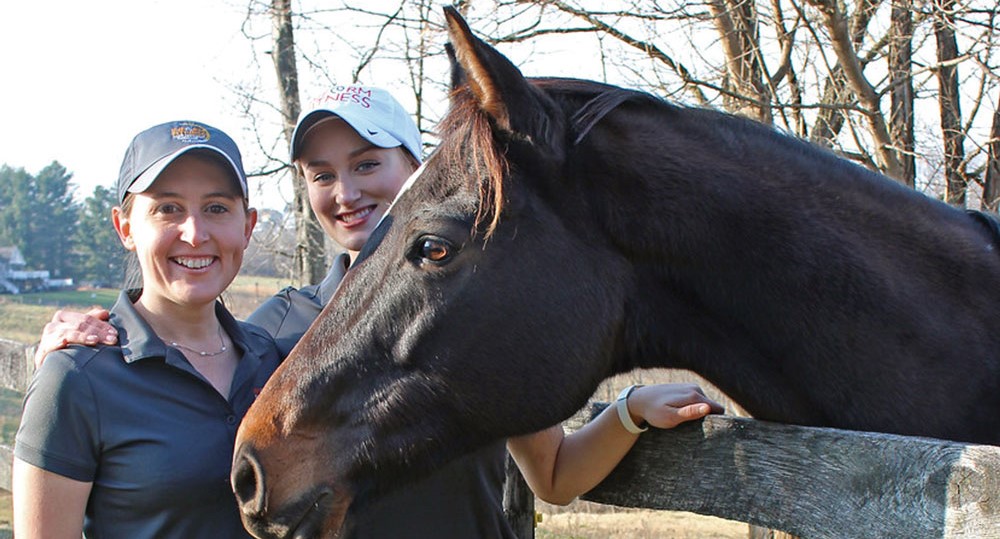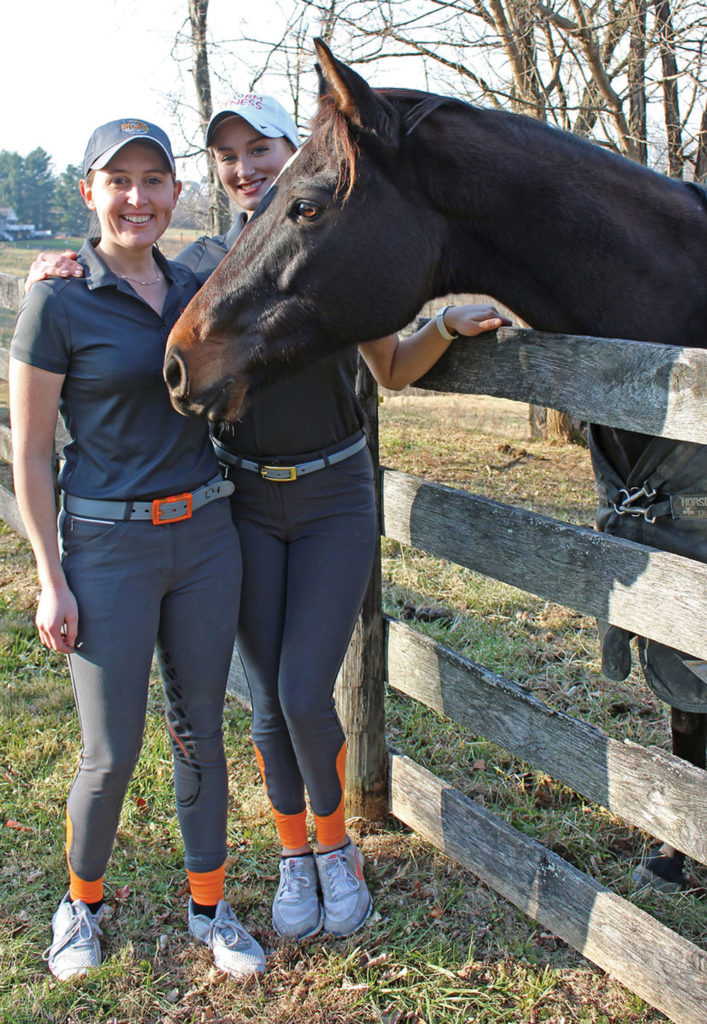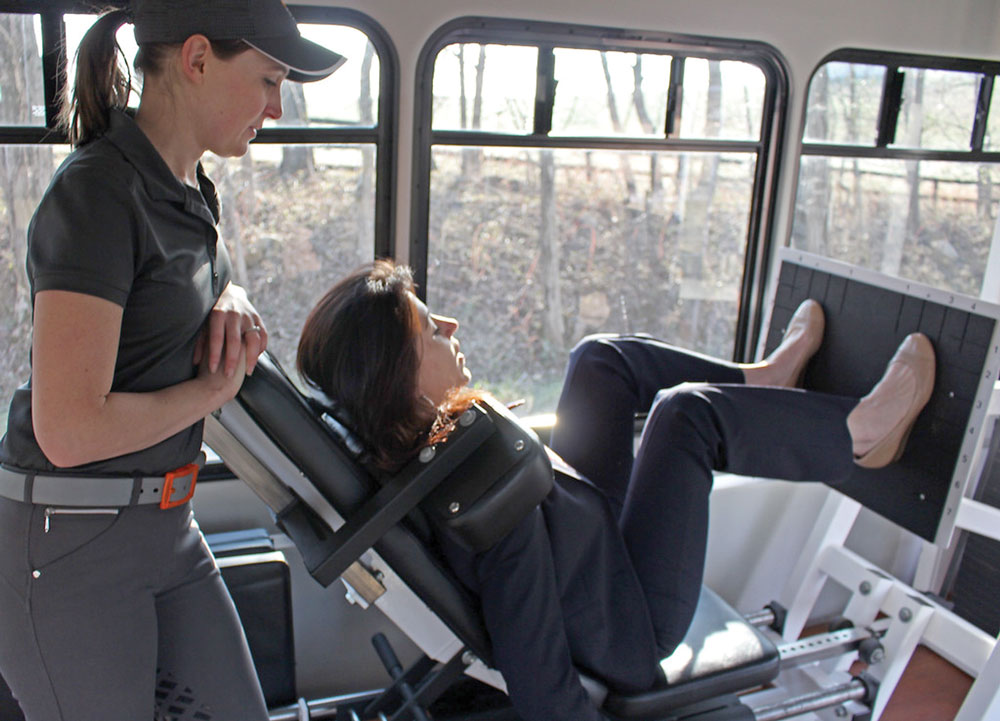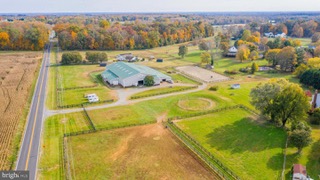Prioritize Strength in 2019: It’s about time

By Laura Crump Anderson
Fitness should be a year-round goal, not something we do when we are motivated by our New Year’s resolutions in January.
Health and wellness come from a balanced, but targeted approach to life – whether you ride horses or are regular ‘desk jockey.’ As we age, we naturally lose muscle mass, which is associated with increased health risks.
Regular strength training sessions is the best way to defend and increase muscle mass.
Equestrians have the incredibly demanding task of communicating nonverbally with an animal that weighs 1,500 pounds. Whether the job is to ride a dressage test with precision, jump around a quick but challenging show jumping course, steer a polo pony and setup a shot, gallop across a field with the hunt, turn a cutting horse, or withstand the endurance and the technicality of cross country. Riders are athletes that have a strenuous job every time they sit on a horse. However, unlike in other sports, riders rarely train outside their field.

Exercise, outside of the saddle, is not just important for those performing at the top level of equestrian sports, it is essential for anyone looking to become a better rider or live a healthier life. Times are changing, and one will notice that more professionals are addressing their strength, flexibility, and endurance outside of the saddle to improve their ability to be effective when it matters. This additional fitness is not only important for competitions and events, but also during training rides. It requires a lot of skill, as well as fitness, for a rider to look like they are barely doing anything at all.
All horse and rider pairs are constantly learning from one another. The equestrian struggling with their own fitness will be less successful than when they are fresh, with or without a coach on the ground. Working through the struggle to achieve success, is what makes good riders great. However, there is a point when the struggle becomes more of detriment to the pair then a positive learning experience, and this is where strength training can lead to a difference.
While recovering from a significant, horse-related spinal injury, Dave Moyes of Hamilton, Virginia started strength training and noticed a difference after just four hours of strength training over a three-
month period.
“I had lost core strength and I was not able to ride the same way that I used to be able. I am a foxhunter, a master of foxhunting, so I have a responsibility to stay out there… the strength improvements were immediate, and I felt the strength in my legs and core, and my horse noticed the difference.” Dave continued, “For me, time is a major thing. Going to a gym, changing clothes, working out, [and then] showering can take all afternoon. This [program] concentrates things into a matter of 20 minutes.”
Strength training should be a priority every week throughout the year, because it provides the most bang for the buck when it comes to fitness.
Strength training builds muscle that prevents injury, improves core strength and stability, boosts the metabolism, and increases energy and endurance. Putting muscle on our bodies is the best way to prevent the natural atrophy that occurs with age.

The first thing many people notice after implementing a strength training program is an increase in energy. Riders should not expect to become stronger in their aids, but quite the opposite. Strength training allows a rider to fine tune their aids, because they are able to maintain their form. By training off the horse, riders develop improved control of their essential core muscles (without interference from the horse’s movement). This leads to an improved ability to correctly apply aids in the tack, because the horse is not trying to decode the white noise that comes from a weak seat. Strength training has a beneficial impact on one’s galloping position and sitting trot, much more so than running or getting on an exercise bike.
“The temptation to train when they should be recovering drives far too many athletes. This proclivity underscores the importance for athletes… of understanding the stimulus-response relationship of exercise. Guided by this knowledge, they can preview the upcoming schedule, isolate out the competition days, and then institute the proper strategy, including rest, necessary to ensure that they arrive for the event fully recovered…What this means is that in a competitive season, physical conditioning workouts may need to be performed very infrequently. High-intensity workouts that are performed to positive failure to stimulate a positive adaptation may have to be postponed…Above all, athletes should do nothing to make themselves weaker or set themselves up for a career-ending injury.”
-Dr. Doug McGuff, Author of “Body by Science”
Although not all strength training programs are created equal, slow motion strength training is both safe and efficient. Force is the leading cause of injury in exercise. By greatly reducing the acceleration in an exercise, you reduce the amount of force that goes into the motion, therefore greatly reducing the chance of injury. By moving slowly, the individual can be mindful of movements that cause pain and modify the exercise accordingly.
Secondly, you take momentum out of the equation, requiring the muscle to do more work through the range of motion to move the weight. This leads to a greater intensity in the exercise, and a point of momentary muscle failure, because the person will not have to do multiple sets to achieve physiological adaptation or get the desired results.
Training slow means that one will not have to train as often. As equestrians and/or business professionals, schedules are demanding, and time is not easily traded for something else. However, strength training enables people to do the activities that give their life purpose.

Laura Crump Anderson is a Loudoun County native who grew up immersed in the horse country, jumping on every opportunity to work with horses. By her teenage years, Laura suffered from an overtraining injury, without ever setting foot in the gym. Through physical therapy, Laura discovered that exercise was the key to getting back in the tack and has since dedicated her life to teaching riders the importance of treating oneself like the athlete she regarded the horse to be.
Laura holds a degree in exercise science, with a concentration in kinesiology, is an ACSM certified personal trainer, a 200-hour certified yoga teacher, and specializes in the Power of 10 high intensity, slow motion strength training protocol. She is the Equestrian Fitness Specialist at InForm Fitness Leesburg and Reston, and serves as the current Chair of the Loudoun County Chamber of Commerce Health and Wellness Committee.
This article first appeared in the January 2019 Issue of Middleburg Life.








